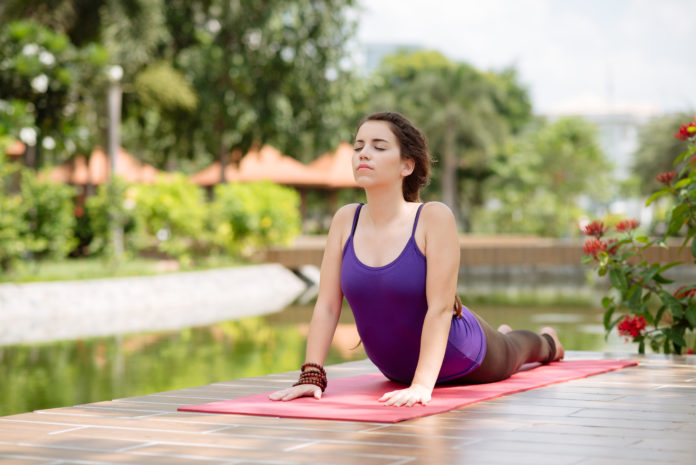
Wherever you practice, a proper yoga mat is essential. Most studios and gyms offer mats for public use, but if you’re practicing yoga regularly, owning your own mat can be a more hygienic alternative. Beyond a color or pattern that you like, your yoga mat needs to match your personal needs. Here’s what to look out for when picking a yoga mat.
Thickness
The thickness of your yoga mat has a lot to do with how comfortable it is. A standard yoga mat is about ⅛ inch thick, vehicles the thickest are about ¼ inch. The thinner the mat the easier it is to transport. Consider how much room you have to stow your may, and where is your sweet spot for comfort versus being able to feel a direct connection to the ground.
Material
The material your yoga mat is made of affects its texture, stickiness, and eco-friendliness. Most mats are made of PVC, otherwise known as vinyl. Newer options include recycled rubber and organic or natural cotton. The upside of PVS is that it’s long-lasting, and it can endure for over a decade.
Texture
The texture of your mat dictates how much slipping and sliding you do. There are yoga mat textures to suit everyone, from completely smooth to downright rough. If you’re sensitive, a bumpy texture might aggravate your savasana. If you want a mat that prevents slipping and would like to avoid PVC, look for rubber, jute, or cotton mat that has a raised, tactile pattern. If smoothness is important to you, PVS is the way to go.


